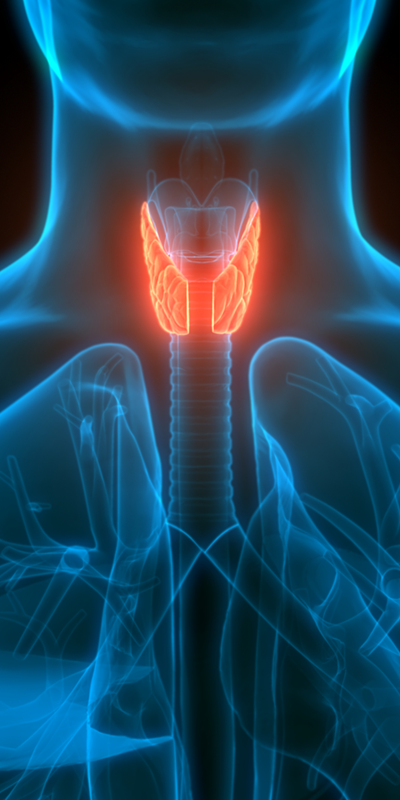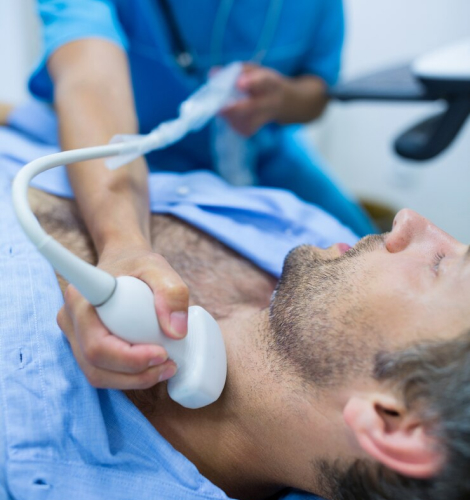Pain control
Ice compresses can help to treat swelling and pain around the incision. Apply for 10 min at a time. You can repeat every 30 minutes as needed.
Sore throat lozenges (particularly those with the active ingredient ‘Benzocaine’ such as found in Cepacol lozenges) will help to treat the discomfort deep in your throat.
Drinking fluids frequently will help the small scratches inside the throat caused by the breathing tube to heal more quickly and also relieve your pain faster.
Over the counter Tylenol (acetaminophen) can be taken every 6 hours as needed for pain relief, up to 1,000 mg each dose, do not exceed 4,000 mg total in 24 hours. Do not take 3,000 mg total per day for > 3 consecutive days.
Over the counter NSAID’s (Non-Steroidal Anti-Inflammatory Drugs)
- Ibuprofen, Motrin, or Advil can be taken every 6 hours as needed for pain relief, up to 400 mg each dose, do not exceed 1,600 mg total in 24 hours. Do not take more than 1,200 mg total per day for > 3 consecutive days.
- Aleve (naproxen) can be taken every 12 hours as needed for pain relief, up to 550 mg each dose, do not exceed 1,100 mg total in 24 hours. Do not take 1,100 mg total per day for > 3 consecutive days.
- These NSAID’s can be alternated with Tylenol as in the below examples:
- 500 – 1,000 mg of Tylenol every 6 hours, alternating and staggering with Ibuprofen 200 – 400 mg every 6 hours (essentially taking pain medication every 3 hours as needed).
- 500 – 1,000 mg of Tylenol every 6 hours, alternating and staggering with Aleve 225 – 550 mg every 12 hours.
In situations when the above pain control regimen does not control your pain symptoms adequately, you were prescribed 5 tablets of a low dose narcotic medication (either Tramadol or Hydrocodone / Acetaminophen).
- You can take 1-2 tablets of this every 6 hours as needed for pain control.
- If required, these prescription pain medications are not usually needed for more than 24 hours after surgery.
- If you were prescribed Hydrocodone / Acetaminophen, please do not take any additional Tylenol or Acetaminophen at the same time.
- These medications may cause you to be drowsy. Do not drive / operate heavy machinery, drink alcohol, or take any other sedating medications while using the prescription narcotic pain medication.
Anti-Nausea Medication
If you are discharged home on the same day of surgery, you will be given an antinausea prescription called Zofran (ondansetron). This comes in a tablet form that dissolves underneath your tongue.
You can use this as needed if you are experiencing nausea. Please have a low threshold to use this in order to prevent vomiting (which can increase the risk of bleeding in your neck).
Stool Softener
You will receive narcotics as part of your general anesthesia on the day of surgery and you may also take a prescription narcotic pain medication following surgery. These narcotic medications can cause constipation.
In order to prevent this, you may consider purchasing an over-the-counter stool softener (such as docusate or senna) and take for 24-48 hours following surgery as directed on the package (especially if you are prone to constipation).
- If you remain constipated for > 48 hours after surgery despite the use of a stool softener, you may purchase a bottle of over-the-counter magnesium citrate and take as directed. If your constipation persists despite this, please contact the office for further instructions.
Prior Medications
You should resume taking all other medications the day after surgery, unless instructed otherwise by your primary care provider.
Blood Thinning Medications
If you were on any blood thinners (Plavix, Coumadin, Eliquis, Xarelto, Aspirin, etc.) prior to surgery, please do no restart the medication until 5 days after your surgery to limit the risk of bleeding, unless instructed otherwise.







